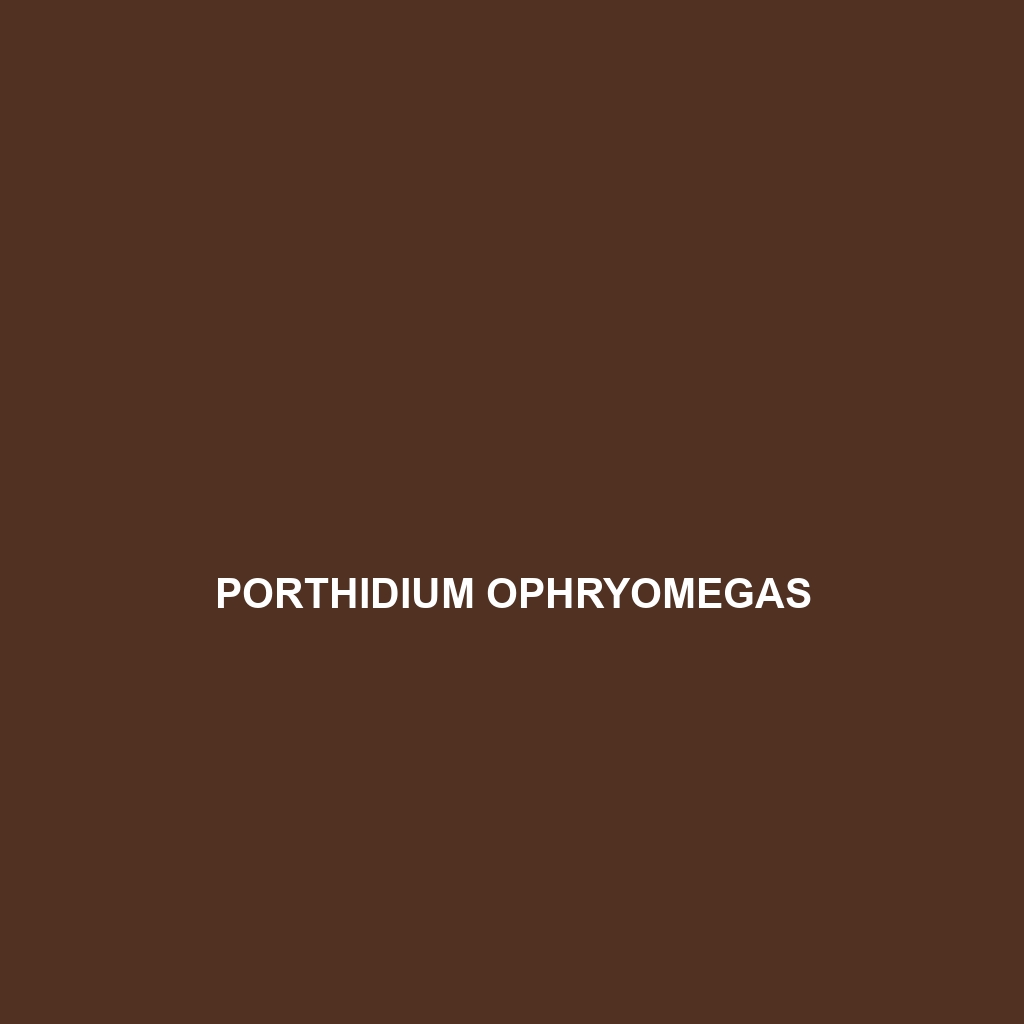Common Name
Porthidium nasutum
Scientific Name
Porthidium nasutum
Habitat
Porthidium nasutum, commonly known as the northern palm viper, is primarily found in the humid tropical regions of Central and South America. This species thrives in diverse habitats, including dense rainforests, moist lowland areas, and temperate forests. It occupies moist leaf litter and is often found near streams and rivers, where its habitat provides adequate cover and humidity. The tropical rainforests of Costa Rica and Panama, as well as the savannas in Brazil, constitute some of its preferred dwelling zones. In these environments, Porthidium nasutum benefits from high biodiversity and moderate temperatures, essential for its survival and reproduction.
Physical Characteristics
Porthidium nasutum can be distinguished by its unique physical features. Measuring around 60 to 75 cm (approximately 24 to 30 inches) in length, this species has a slender, elongated body with a triangular-shaped head. The coloration of Porthidium nasutum is predominantly brown or gray, with striking darker patterns that provide excellent camouflage against the forest floor. This coloration can vary based on the specific habitat and individual, enabling the snake to blend into its surroundings effectively. The dorsal scales are keeled, and the species possesses large, prominent eyes that enhance its nocturnal hunting capabilities. One notable feature is the specialized, elongated nasal scales, which aid in sensing its environment.
Behavior
As a primarily nocturnal species, Porthidium nasutum exhibits behaviors adapted for the cover of night. During the day, they tend to remain stationary and camouflaged, relying on their environment for concealment. Their social interactions are generally solitary, only coming together during the mating season. Notably, Porthidium nasutum displays a fascinating ritual during courtship, where males engage in combat dances to attract females. These interactions can often be seen as a series of intricate movements and displays meant to demonstrate strength and vitality. Furthermore, they are skilled ambush predators, utilizing their keen senses to detect and strike at their prey, which includes small mammals and amphibians.
Diet
The diet of Porthidium nasutum primarily consists of small mammals, birds, and amphibians, qualifying it as a carnivore. This species has adapted to hunt primarily at dusk and dawn, capitalizing on low light for effective ambush. Porthidium nasutum employs its potent venom to immobilize prey quickly. It uses a mix of ambush tactics and rapid strikes to capture its food, often waiting motionless for long periods while camouflaged among the leaf litter before an attack.
Reproduction
The reproductive cycle of Porthidium nasutum occurs during the rainy season, enhancing offspring survival due to increased prey availability and favorable environmental conditions. The gestation period for this species lasts approximately 6 to 8 months. After mating, females give live birth to 5 to 15 young, depending on the individual’s age and health. The newborns have a full set of teeth and are fully capable of hunting shortly after birth. Parental care is non-existent; however, the young are instinctively knowledgeable about how to find food and evade predators from birth.
Conservation Status
As of the latest assessments, the conservation status of Porthidium nasutum is categorized as ‘Least Concern’ by the International Union for Conservation of Nature (IUCN). Despite this, habitat destruction due to deforestation and agricultural expansion poses significant threats to their populations. Local conservation efforts are focused on habitat preservation, legal protection, and raising awareness about the ecological role of Porthidium nasutum and similar species in maintaining biodiversity.
Interesting Facts
One of the most captivating aspects of Porthidium nasutum is its unique coloration and patterns, which not only serve as camouflage but may also play roles in social signaling during courtship. Additionally, this species exhibits a remarkable ability to adapt its hunting strategies based on the environments it inhabits. These adaptations make Porthidium nasutum an intriguing subject of study for herpetologists and ecologists alike.
Role in Ecosystem
Porthidium nasutum plays a critical role in its ecosystem as both a predator and prey species. By regulating populations of small mammals and amphibians, it helps maintain a balanced food web. The snake fortifies the ecosystem’s health by contributing to the dynamics of predator-prey relationships. As a potential prey for larger predators, such as birds of prey and larger reptiles, Porthidium nasutum serves as a vital source of nourishment that supports biodiversity and the health of its habitat.
